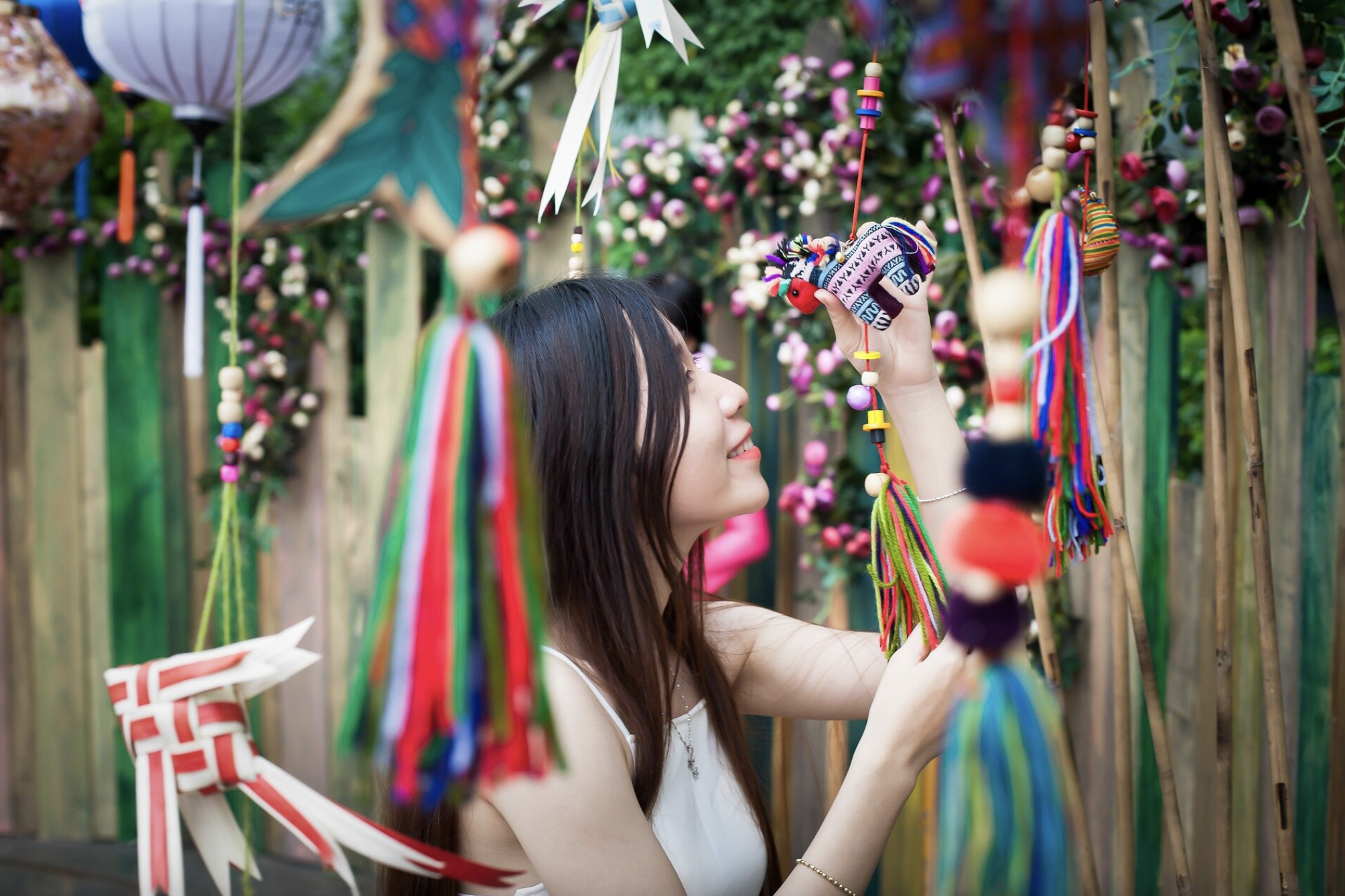The Red Envelope: From Demons to Prosperity
Every Chinese New Year, my family would get together with friends and relatives and exchange hóngbāo, which is Mandarin for red envelopes. Years after I immigrated from Shanghai as a kid, the red envelope is still the most significant Chinese tradition that I partake in.
In Chinese school, I learned that the red envelope custom is ancient and rooted in myth. According to the legend, a demon terrorized sleeping children every New Year's Eve. One New Year’s Eve, a child had been given 8 coins wrapped in red paper to stay awake, but he accidentally fell asleep. When the demon attempted to hurt the sleeping child, the coins in the red paper emitted a light that scared away the demon. As the story spread, families in the village wrapped coins in red paper to protect the children from the demon. Today, the red envelope symbolizes good luck, prosperity, and protection from evil spirits.
Traditionally, during Chinese New Year, money is put inside red envelopes. The envelopes are then handed out to younger generations by their parents, grandparents, relatives, close neighbors, and friends. Likewise, it is very common to give red envelopes to parents and grandparents as a way to express respect and gratitude. Red envelopes are also gifted between friends, family, and coworkers during the holiday. The red envelope is also given out at other events: they are popular birthday and wedding gifts. Sometimes, employees will receive their end of the year cash bonus tucked inside a red envelope.
There are some characteristics in giving and receiving red envelopes. The cash must be inserted in a small, red envelope, as red is considered the luckiest color in Chinese culture. Unlike greeting cards, red envelopes are typically left unsigned. Traditionally, only new, shiny bills should be given – no wrinkled notes or coins. Red envelopes are generally presented with both hands and received with both hands, and the recipient of the envelope should not open it in front of the giver at Chinese New Year because it is considered rude. Red envelopes are given with auspicious greetings – usually four-word idioms such as “gong xi fa cai” (which is mandarin for “may you be wealthy and prosperous”).
Although the amount given in the red envelope depends on the relationship between the giver and the recipient, certain amounts of money should be avoided. For instance, any amount with a four should not be given due to superstitions, as 四 (sì, four) sounds very similar to 死 (sǐ, death). In addition, even-numbered amounts, except amounts with the number four, are better than odd-numbered amounts, as, in Chinese tradition, good things are believed to come in pairs.
Interestingly, even old traditions like the red envelope are beginning to go cashless. In 2014, the most used messaging app amongst the Chinese community, WeChat, launched “WeChat Hong Bao.” The application allows users to digitally send red envelopes through mobile payments on WeChat. As digitalization and old traditions intersect, in 2018, 690 billion digital envelopes were sent on Chinese New Year through WeChat.
Written by Ashley Mao, Summer 2019 Intern

